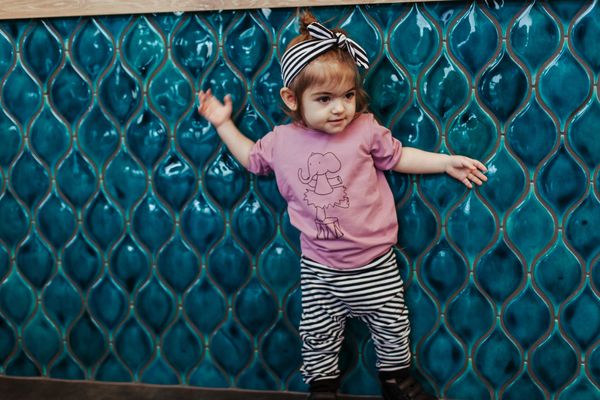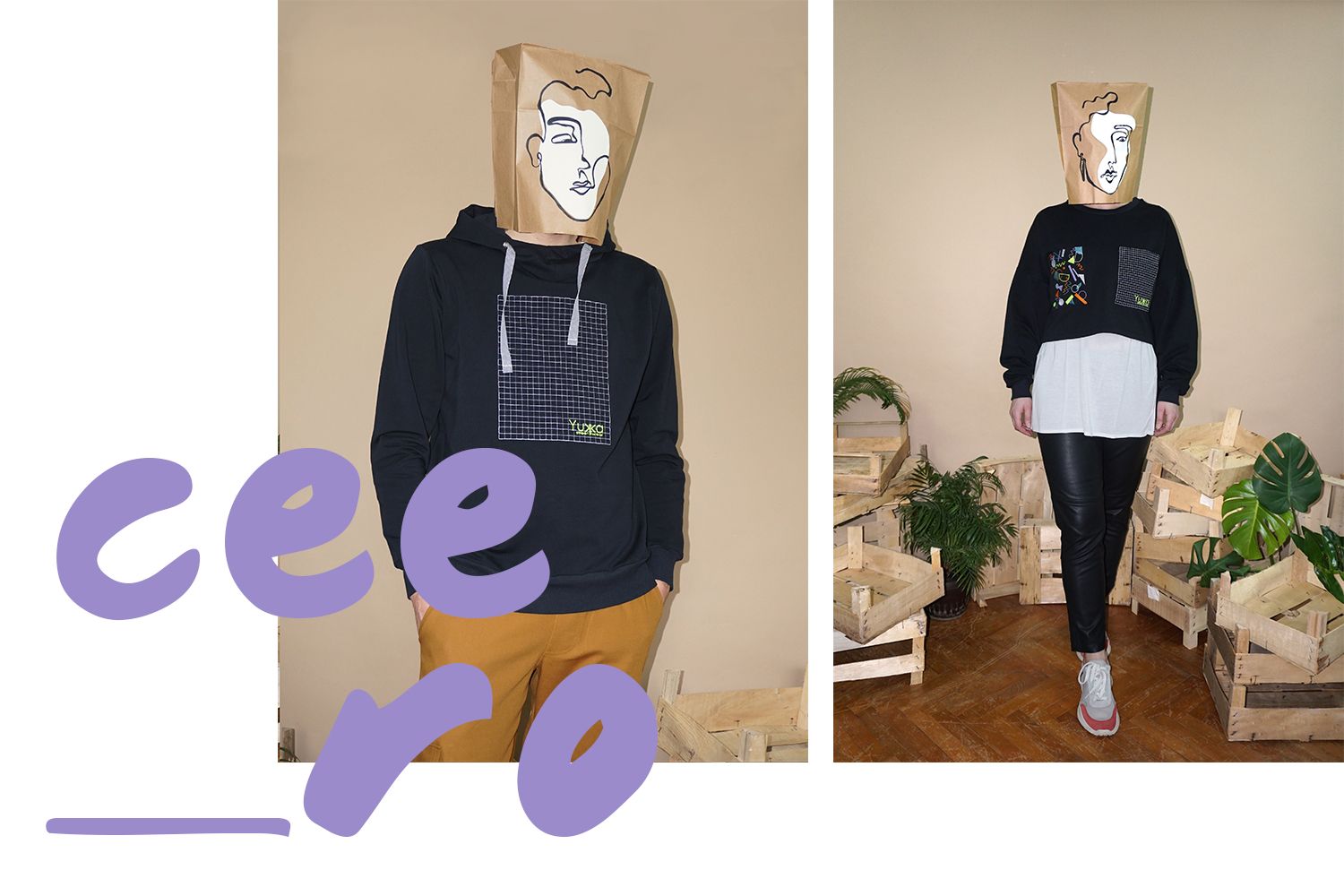They don’t confine themselves in inspiration; their lines and visual world is unique and coherent at the same time. The YUKKA wear is casual and comfortable, it combines streetwear with classic design, with a twist added by the exciting use of materials, textures and patterns. We interviewed the artist duo consisting of Árvácska Szabó and Apor Henter.
Yukka practically came into being by merging two brands. How did you find each other, what is the background story of the brand?
We found each other during our university years: we both studied textile design in Timișoara. After graduating from the university, we moved to Budapest and applied to the Gombold újra competition, after which we launched our separate brands under the names Robobambi and Ghostmind. Then our pieces were added to the selection of Retrock, and then Lollipop Factory also discovered us – we still have an ongoing fruitful collaboration with them even today. Robobambi focused on women’s attire while Ghostmind concentrated on menswear: both brands had a wide palette already at the beginning.

Finally we moved back home to Transylvania, and the changes urged us to start building a brand together. Since we have been quite in sync previously, we had no trouble getting attuned to each other and coordinate the next steps and the path to take.
Where does the name Yukka come from?
Naturally from the name of the plant. For us, Yukka is a link between the natural and the artificial world. The fact itself that people keep flooding their homes with plants to sneak in some life to the apartment is in direct parallel with our thought that we would like to create clothes that mean more than a piece of rigid fabric.
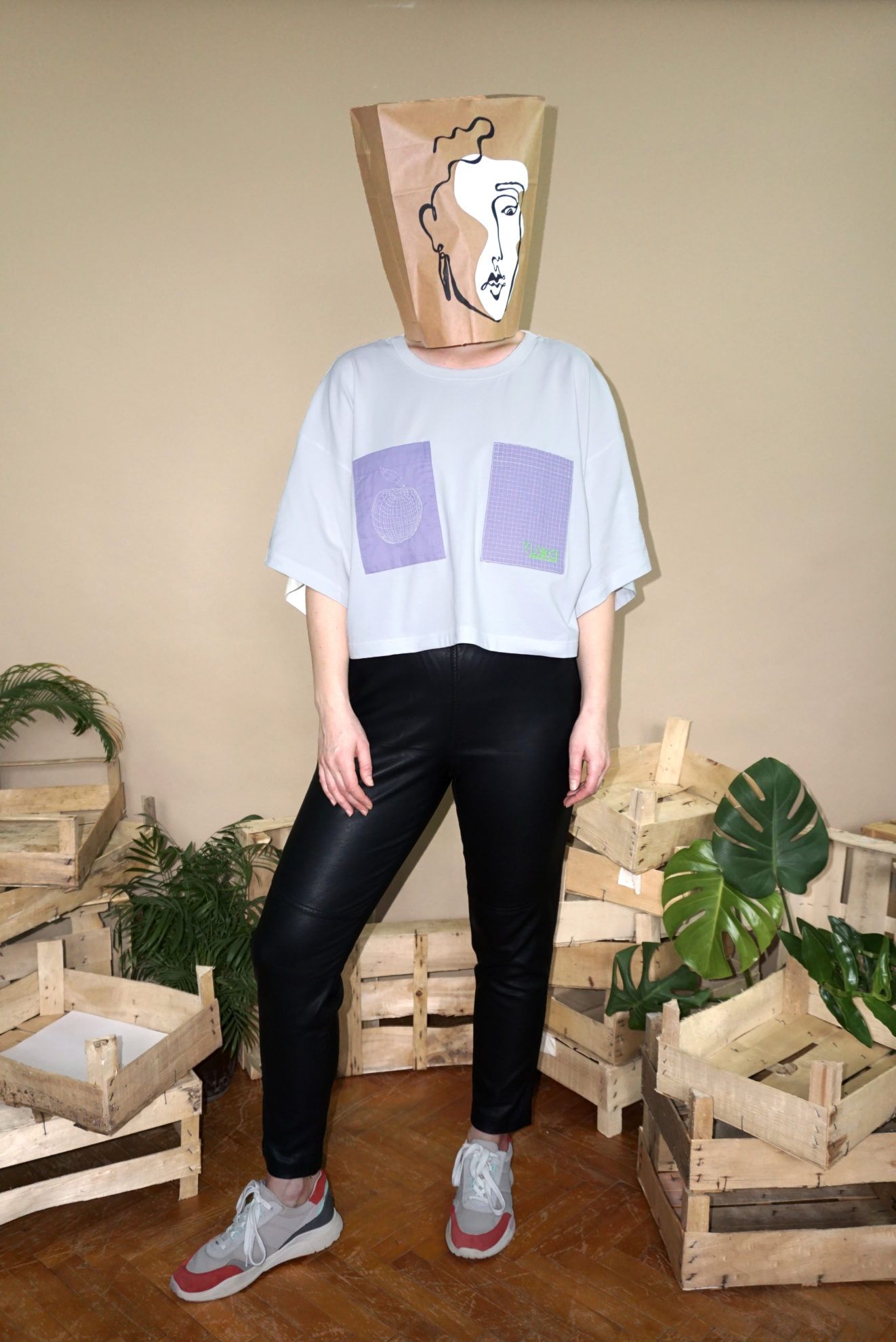
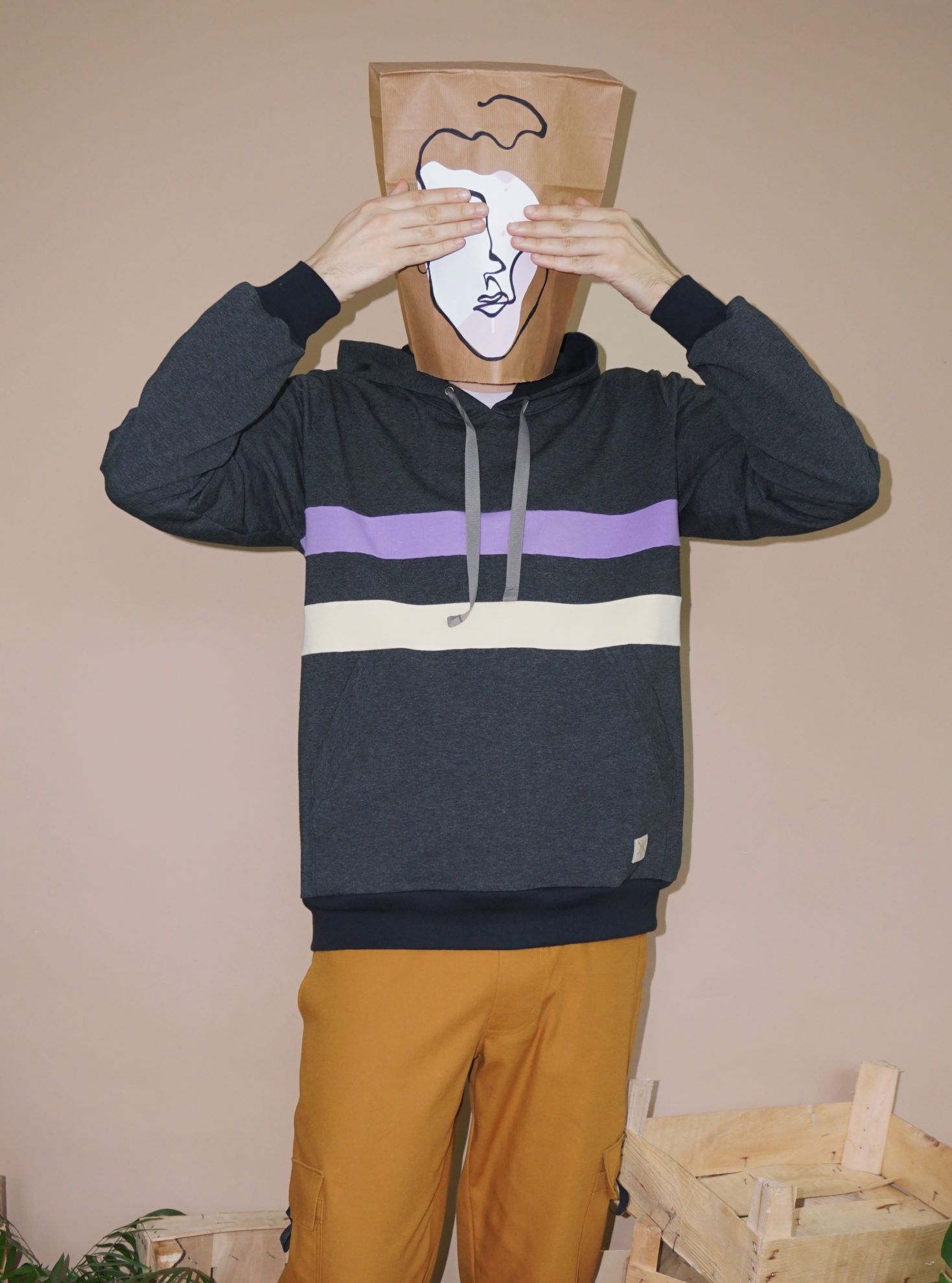
You create limited series clothing pieces, but a great advantage of the brand is that you have a wide product palette even despite of limited series production: Yukka offers both women’s and menswear, as well as various backpacks and fanny packs, too. How does the work process take place in your workshop: who does what and how much freedom do you give each other in terms of creation?
At first, we tried to apply the tried-and-true method of first coming up with the topic, then designing the collection and then purchasing the materials – however, we realized that this process will not work for us. The textiles and haberdashery items that we imagined for the collections were hard to procure, or were impossible to find, so we always had to compromise in terms of colors, patterns and textures. To this end, we developed a unique method: we design during purchasing materials. Many times, the image of a collection is put together in our heads in the draper’s shop, we are always inspired by the fabrics and many times we imagine the embroidery on them and we come up with the design at the first sight.
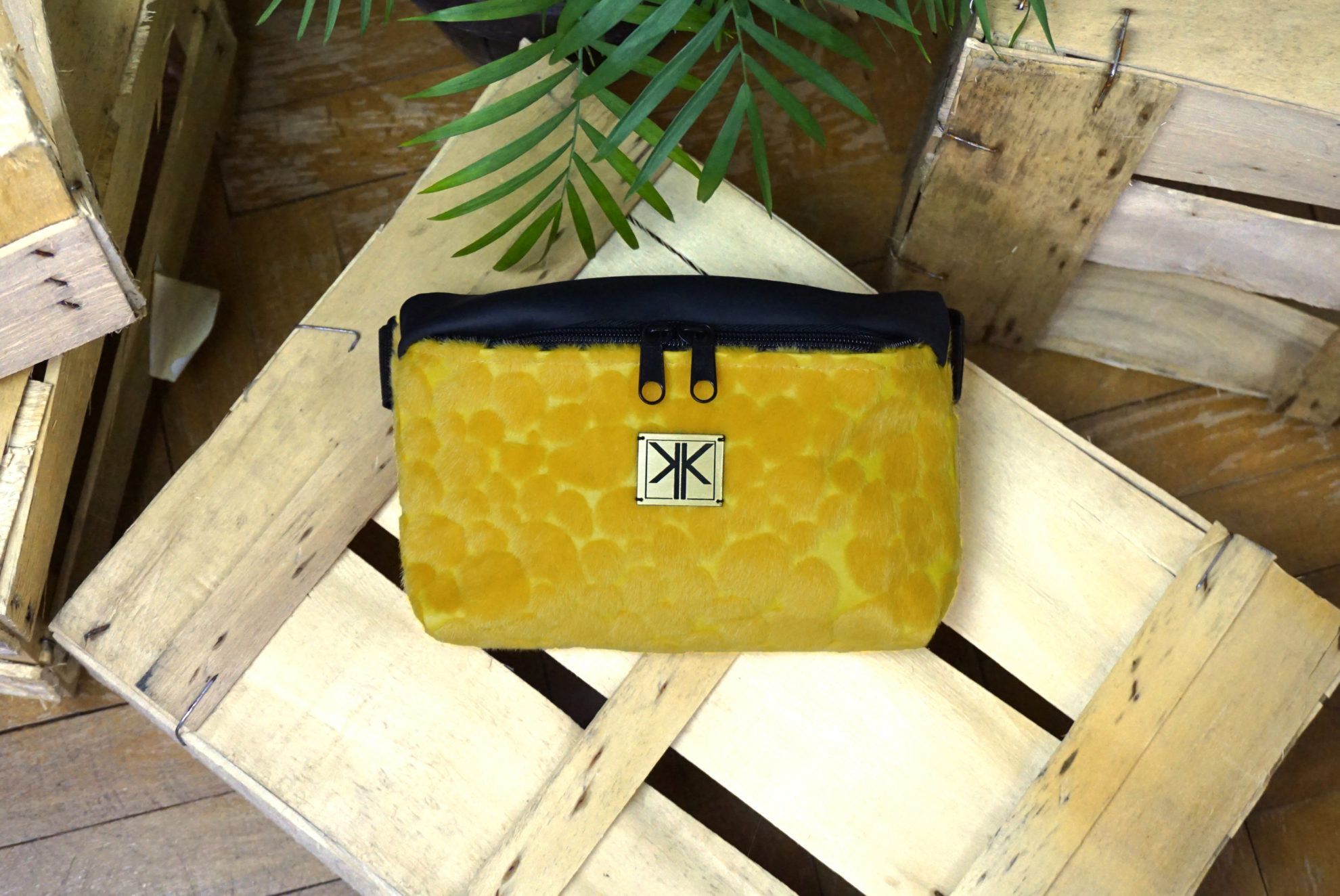
We always brainstorm and design together, but we design the women’s and men’s clothes separately, in line with our previous, original system. Both of us have maximum freedom in terms of design and implementation, but we also take into consideration the ideas of the other.
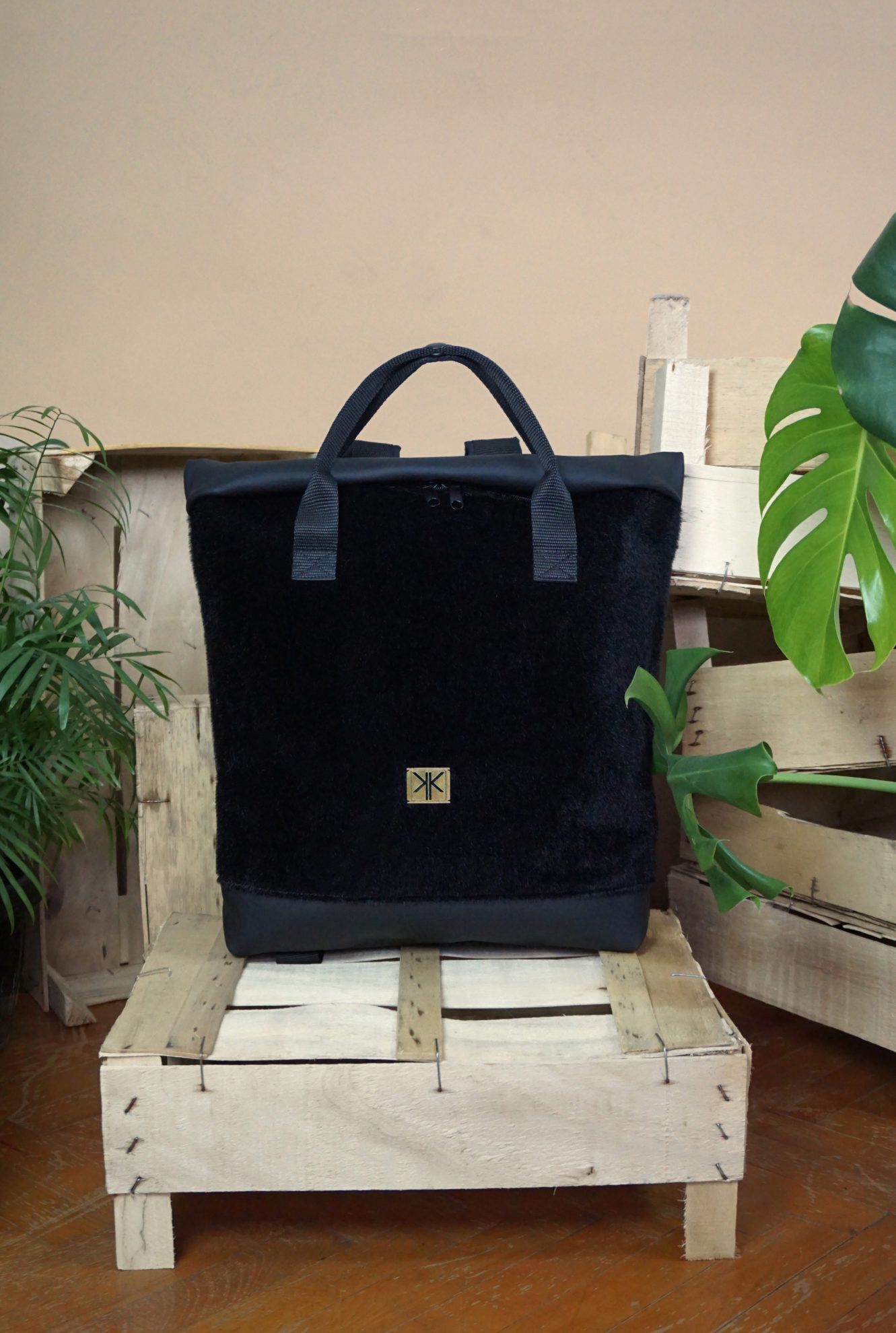
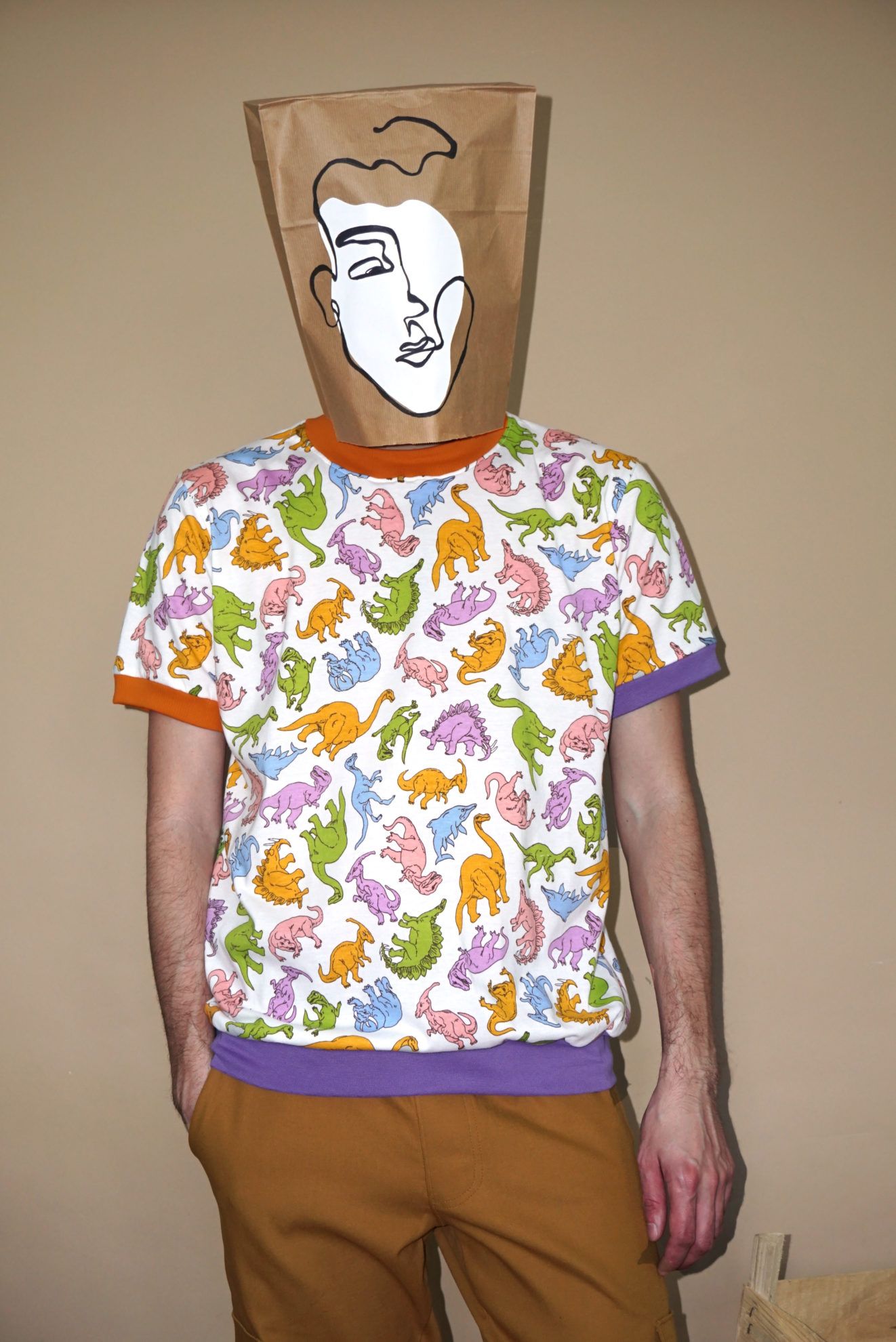
What fabrics do you use generally, what textures, patterns and colors do you prefer to work with the most?
Yukka is primarily characterized by the use of cotton fabrics. These are used in every collection, most of the time in the form of tops, hoodies and turtleneck sweaters. In addition to cotton, we use viscose, linen, gauze muslin fabrics in the summer, while machine-knitted sweater and mixed fiber wool fabrics during the winter.
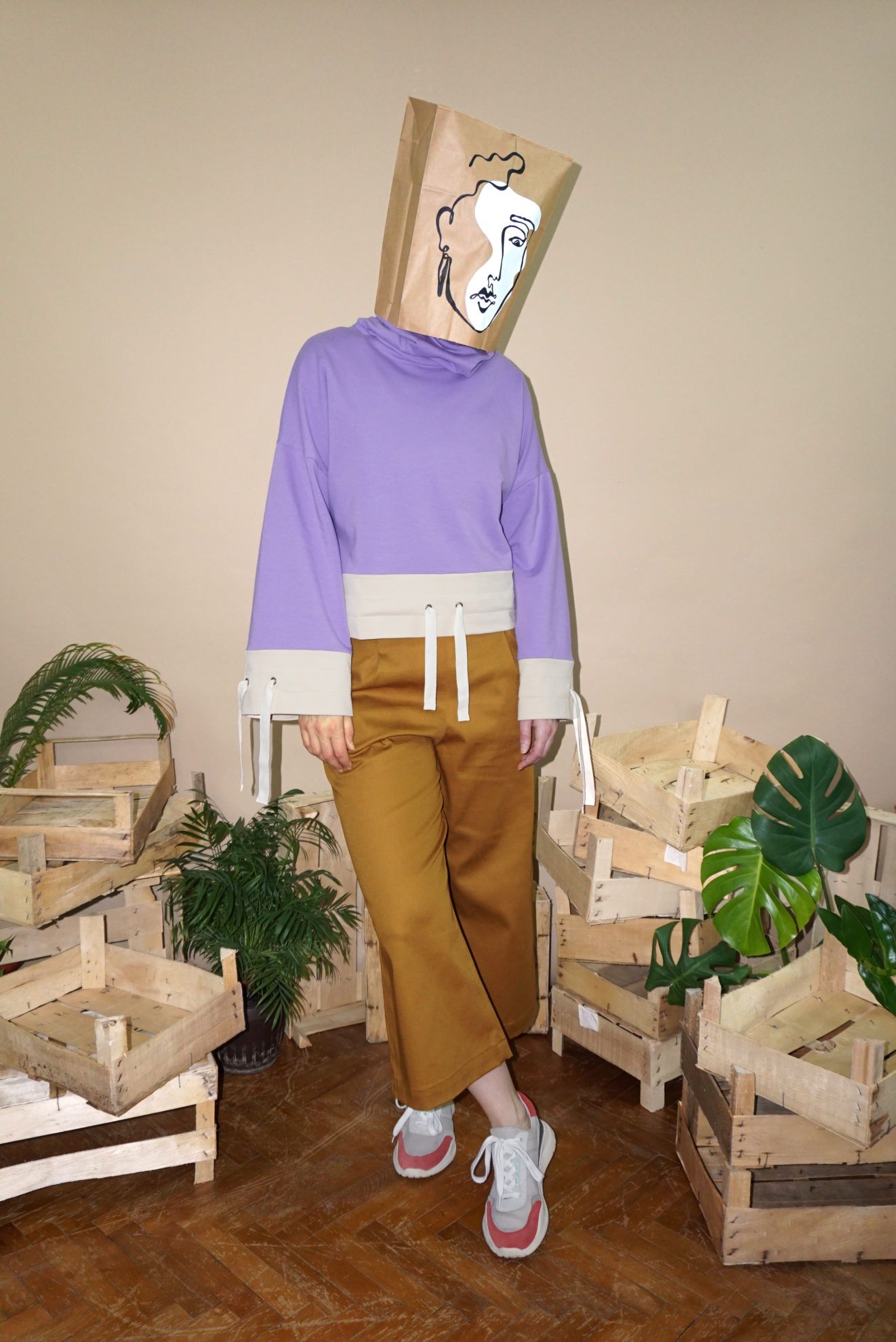
We frequently choose striped and checkered fabrics, but our custom-designed small embroidered patterns are also displayed in the new collection. We love matching pastel and bold colors and contrasting color combinations.
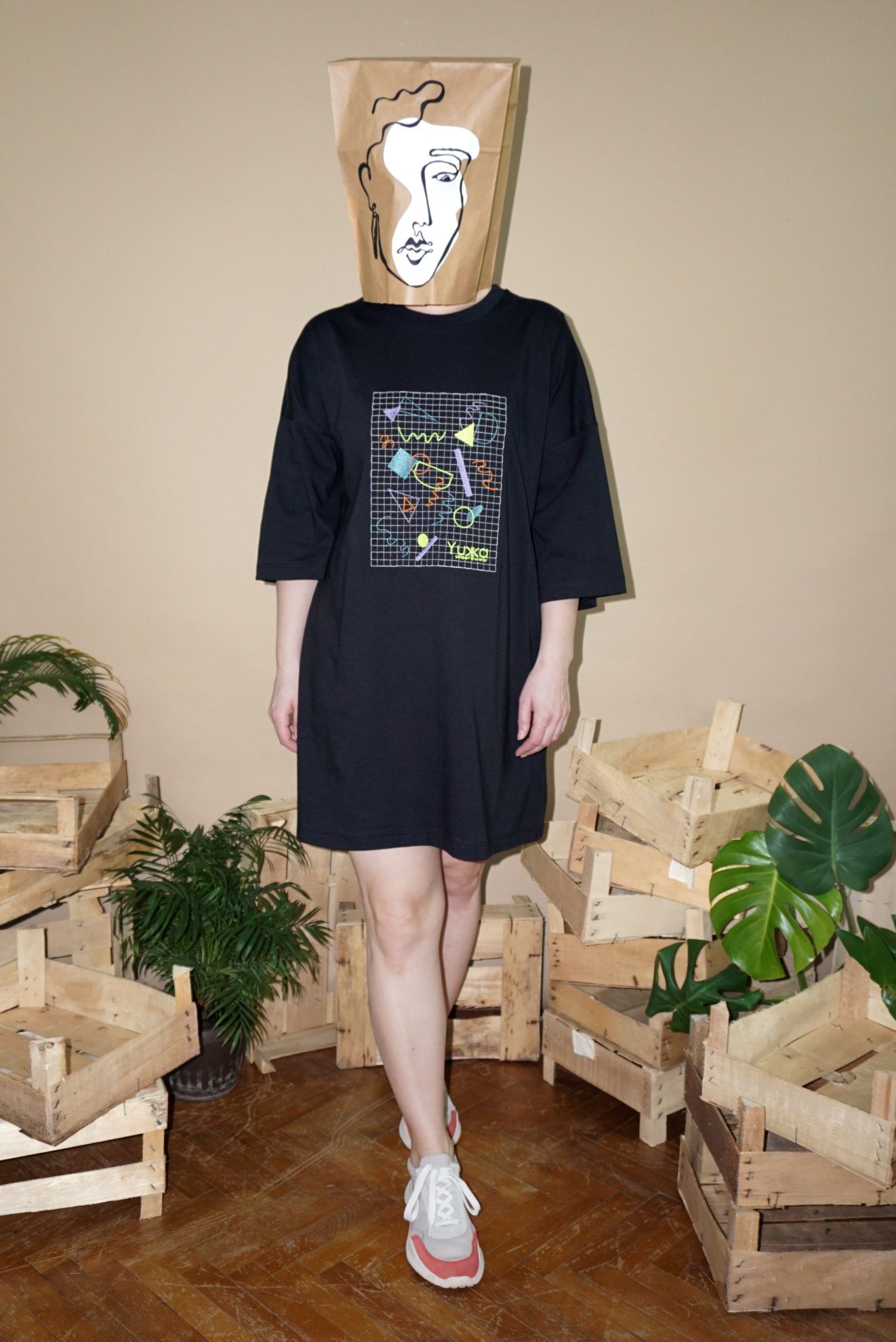
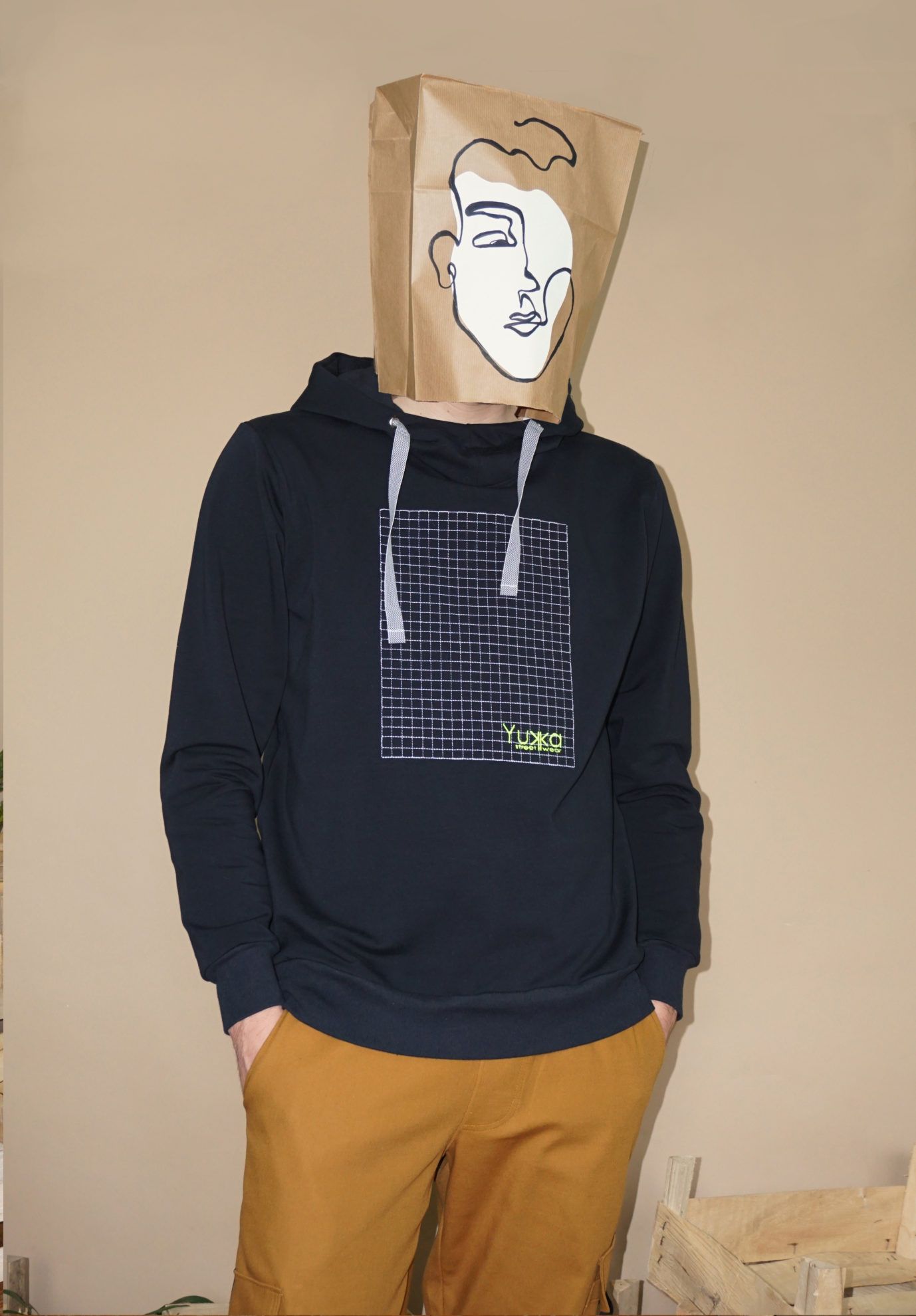
You recently launched your new spring collection. What was your basic concept?
Our spring collection is dominated by the characteristics of the ‘90s: funky patterns, bold colors and old school designs. Our favorite pieces are the grey neon pocket sweater as well as the black embroidered women and man sweatshirts, we think these are the most characteristic pieces of the collection. The pockets standing out from the clothes and the energic colors and patterns take us back in time.
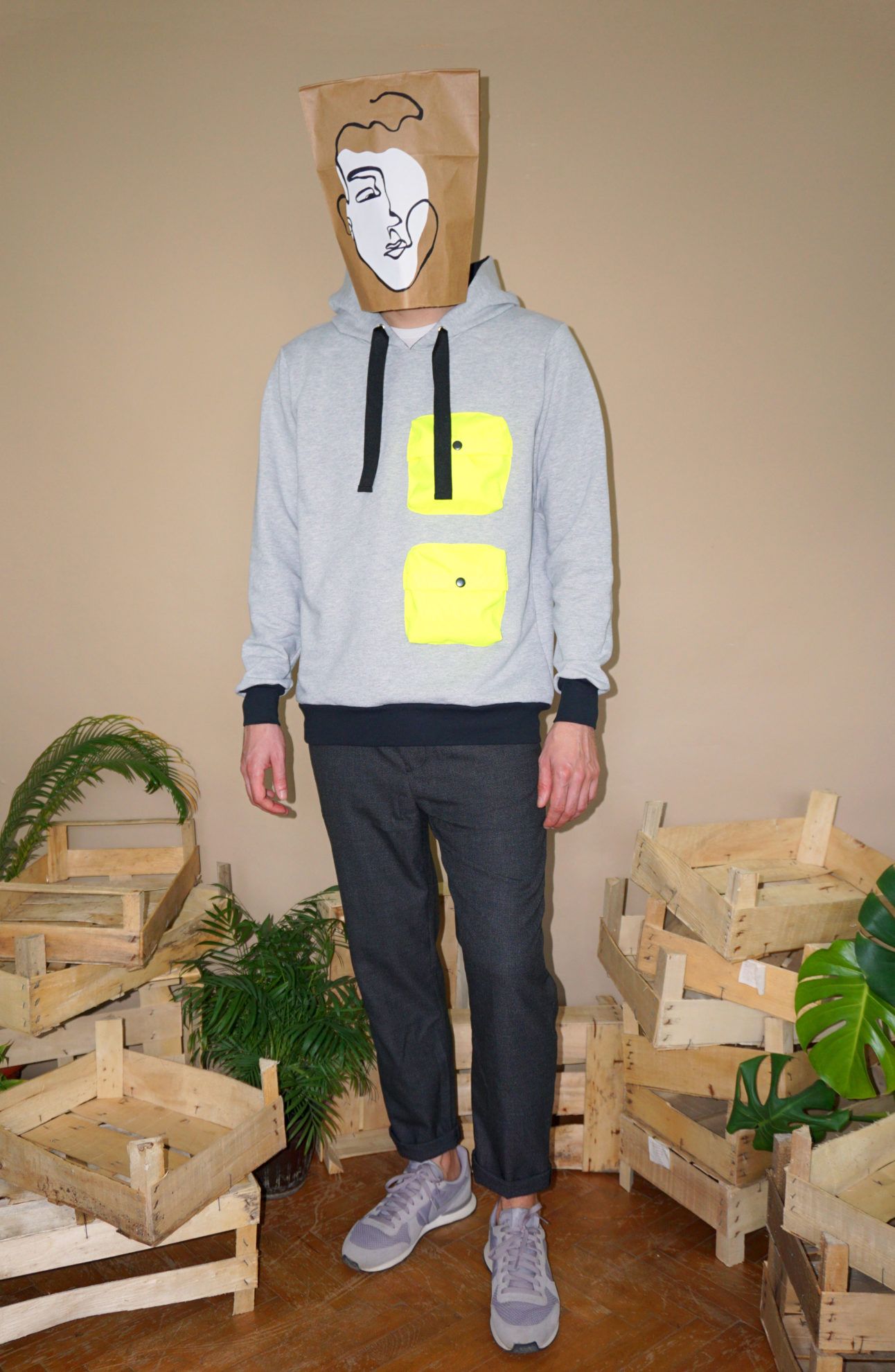
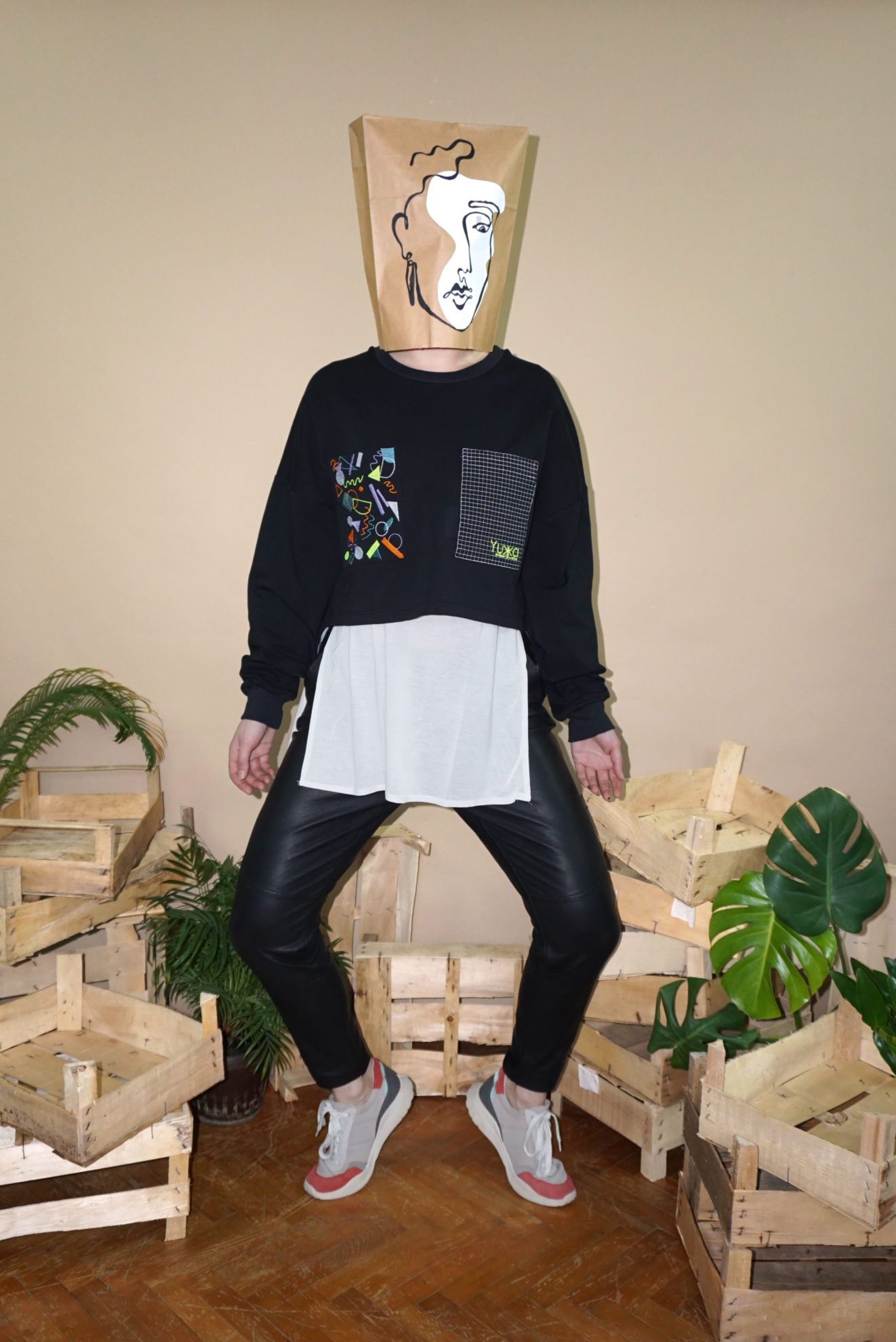
As you have mentioned, the Yukka items can be purchased in Budapest, in Lollipop Factory and in a vintage and designer store in Timișoara. What are your future plans in terms of sales? On what other fields do you think the brand should be developed?
Currently we work on creating a new workshop, which will allow for a personal contact between the brand and customers. We would also like to develop and expand our services, by creating an online interface, a store, where we could address more customers.
Go and discover the new Yukka pieces on the brand’s Facebook or Instagram page: Facebook | Instagram
The CEE_RO series presents emerging artists and designers living and working in Romania amongst the countries of the Central-Eastern European region, focusing on the values of the local and progressive design culture.
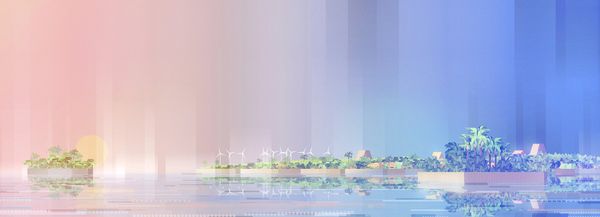
Riiki | Floating on the Pacific Ocean
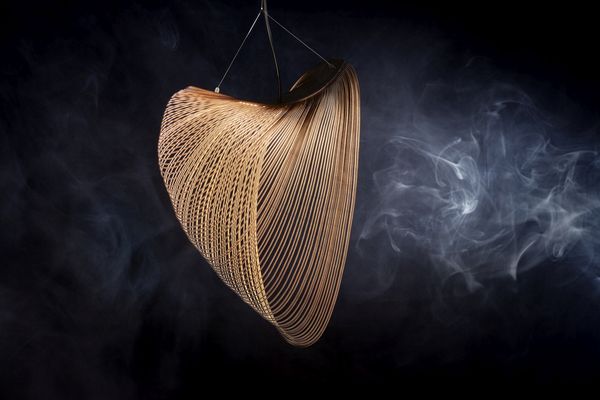
The concentric circles of Illan | Interview with Zsuzsanna Horváth
